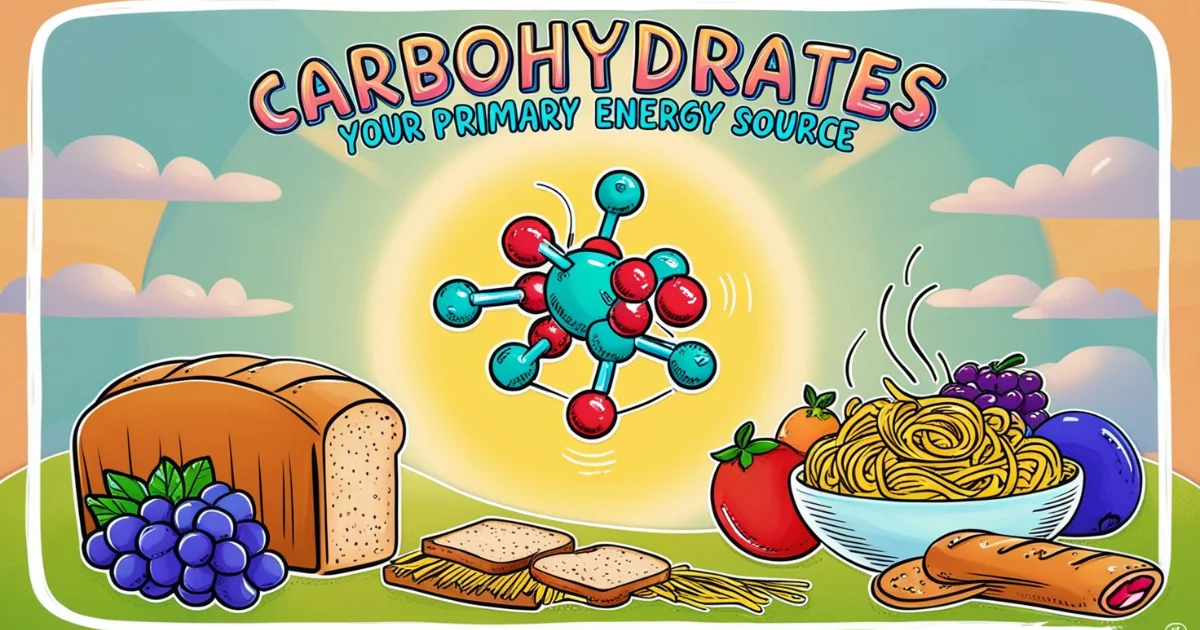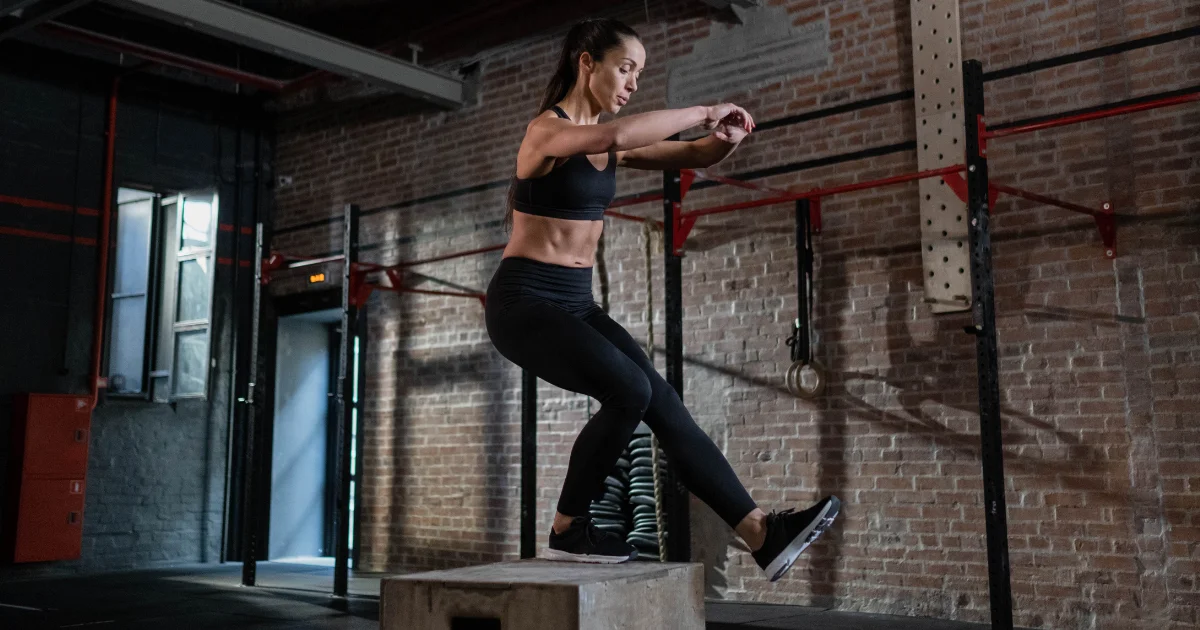CrossFit Tips for Optimal Performance
CrossFit combines weightlifting, cardio, and bodyweight exercises to create high-intensity, full-body workouts. Because of this intensity, CrossFitters need to pay special attention to their nutrition to support energy levels, muscle growth, and overall recovery. Understanding the basics of nutrition and how to tailor it to CrossFit will help you feel stronger, avoid injuries, and reach your peak performance.
Macronutrients for CrossFitters
Nutrition is the fuel for your body. Imagine driving a car without gas; it wouldn’t go very far. In the same way, your body needs the right nutrients to perform at its best during CrossFit sessions. Proper nutrition helps build muscles, reduce fatigue, and improve endurance and recovery. Essentially, what you eat directly impacts your ability to push harder in workouts and see faster results.
Macronutrients for CrossFitters
Carbohydrates: Your Primary Energy Source
Carbohydrates are essential for anyone participating in high-intensity workouts like CrossFit. They serve as the body’s preferred fuel source, especially during intense bursts of activity. Carbs break down into glucose, which provides the quick energy needed for sprinting, lifting, and jumping. Whole grains, fruits, vegetables, and legumes are excellent sources of carbohydrates for sustained energy. Eating carbs before a workout can ensure you have enough energy to power through.
Protein: Building and Repairing Muscles

Protein is vital for muscle repair and growth, making it an essential macronutrient for CrossFitters. Intense workouts cause small tears in muscle tissue, which then rebuild stronger with the help of protein. Aim for high-quality protein sources like lean meats, eggs, fish, dairy, and plant-based proteins such as beans and quinoa. Protein intake is essential after a workout to help repair and build muscles effectively.
Fats: Long-lasting Fuel for Endurance
Healthy fats are a slower-burning fuel source that supports endurance, making them ideal for sustained energy during long training sessions. Fats also play a role in hormone production and nutrient absorption. Incorporate healthy fats like avocado, olive oil, nuts, and seeds into your diet. While it’s easy to fear fats due to their calorie density, they are crucial for prolonged energy and optimal performance.
Micronutrients Essential for CrossFit
Vitamins and Minerals for Energy and Recovery
While macronutrients are essential for energy and building blocks, vitamins and minerals play supportive roles in many bodily functions. For CrossFitters, magnesium, potassium, calcium, and vitamin D are particularly important for muscle function, bone health, and recovery. Include a variety of colorful fruits, vegetables, and whole grains in your diet to cover these micronutrient needs.
Importance of Electrolytes for Performance
Electrolytes, such as sodium, potassium, and magnesium, are essential for hydration and muscle function. Sweating during intense workouts depletes these electrolytes, leading to fatigue, cramps, or even dizziness. Replenish electrolytes with sports drinks, coconut water, or electrolyte tablets, especially during long or intense sessions.
Hydration and Its Impact on Performance
Staying hydrated is non-negotiable for CrossFit athletes. Dehydration can lead to decreased energy, poor concentration, and an increased risk of injury. Aim to drink water throughout the day and increase your intake during and after workouts. You might consider adding electrolytes if you sweat heavily or work out in hot climates. A good rule of thumb is to drink at least half your body weight in ounces daily and adjust as needed based on activity levels.
The Role of Timing in CrossFit Nutrition
Pre-Workout Nutrition: Fueling Up
What you eat before a workout can significantly affect your performance. Aim for a balanced meal with carbs and protein 1-3 hours before training. If you’re short on time, a light snack like a banana with peanut butter or a protein bar 30 minutes before your session can work wonders. Avoid high-fat and high-fiber foods right before a workout, as they may cause digestive discomfort.
Post-Workout Nutrition: Recovery and Growth
After a workout, your body needs nutrients to repair muscles and replenish energy. Aim for a mix of protein and carbs within 30-60 minutes after exercise. This combination aids in muscle recovery and helps prevent soreness. A smoothie with protein powder, fruit, and a handful of spinach can be an excellent post-workout option.
Supplements for CrossFit Performance
Protein Powders
Protein powder is a convenient way to increase your protein intake, especially after workouts. Whey, casein, and plant-based protein powders are all popular choices. A protein shake right after training is easy on the stomach and gets the nutrients to your muscles fast.
Creatine
Creatine is a well-studied supplement that enhances strength and performance. It helps with short bursts of high-intensity activity, which is exactly what CrossFit demands. Taking 3-5 grams of creatine monohydrate daily can improve workout performance over time.
Branched-Chain Amino Acids (BCAAs)
BCAAs, such as leucine, isoleucine, and valine, aid in muscle recovery and reduce exercise-induced fatigue. They’re especially beneficial for CrossFitters who may have multiple sessions in a week. Taking BCAAs during or after a workout can help you feel less sore and bounce back quicker.
Fish Oil
Rich in omega-3 fatty acids, fish oil has anti-inflammatory properties that aid in recovery and joint health. This is essential for CrossFitters who push their bodies to the limit, as it can reduce soreness and protect against injury. Look for high-quality fish oil supplements to add to your routine.
Meal Planning for CrossFit Athletes
Meal planning is essential for staying consistent with your nutrition goals. Start by planning meals that include a balance of protein, carbs, and fats, and make sure to include a variety of vegetables for vitamins and minerals. Preparing meals in advance ensures you’ll have the right foods available, which is crucial when training multiple times per week.
Sample Daily Meal Plan for CrossFit Training
Breakfast
Oatmeal with berries, a scoop of protein powder, and a handful of almonds
A side of Greek yogurt
Lunch
Grilled chicken breast, quinoa, mixed vegetables (broccoli, peppers, carrots)
Drizzle of olive oil and lemon for flavor
Pre-Workout Snack
Banana with a spoonful of almond butter
Post-Workout Shake
Protein powder blended with frozen berries and a handful of spinach.
Dinner
Salmon fillet with sweet potato and a side salad (mixed greens, cucumbers, cherry tomatoes)
This plan provides a balance of macronutrients and micronutrients, supporting energy, recovery, and muscle growth.
Snacks and Quick Meals for CrossFitters on the Go
Sometimes, life gets busy. Healthy snacks can keep you on track even when time is tight. Consider these quick options:
Hard-boiled eggs with a piece of fruit
Protein bars with low-added sugar
Cottage cheese with sliced peaches or berries
Greek yogurt with a handful of granola
These snacks provide a mix of protein, carbs, and fats to keep energy levels stable and support your training goals.
Avoiding Common Nutrition Mistakes in CrossFit
Some common nutrition mistakes include not eating enough, especially for those who train multiple times a week. Under-eating can lead to fatigue, muscle loss, and even injury. Avoid excessive caffeine or sugar for energy, as these can lead to crashes and poor recovery.
The Importance of Listening to Your Body
Nutrition is not one-size-fits-all. Tune in to how you feel during workouts and adjust your eating habits accordingly. If you’re feeling sluggish, you may need more carbs. If you’re constantly sore, try increasing your protein intake or adding recovery-focused foods like berries and leafy greens.
Balancing CrossFit with Real Life: Practical Tips

Eating for CrossFit doesn’t mean you have to give up your social life or favorite foods. Find a balance that works for you, and remember that occasional treats won’t derail your progress. Use your nutrition to fuel both your workouts and your life outside the gym.
Tracking Your Nutrition and Progress
Tracking your food intake can help you spot patterns and make adjustments. Apps like MyFitnessPal make it easy to record meals, ensuring you’re hitting your nutrition goals consistently. Tracking is especially helpful if you’re working toward specific goals like building muscle or losing weight.
Conclusion: Building a Nutrition Routine for Success
In 2024, optimizing nutrition for CrossFit can be the difference between average and peak performance. From mastering macronutrients and micronutrients to meal planning and listening to your body, these tips will help you fuel your workouts and recovery. CrossFit nutrition doesn’t have to be complicated, but it does require consistency, planning, and a bit of trial and error to find what works best for you.
Relevant Post:
You May Like:
- 151 Bold Cycling Team Names For Your Events in 2024
- 125 Game-changing Bocce Ball Team Names for 2024
- 162 Best Flag Football Team Names in 2024
- 207 Best Volleyball Team Names That Are A Hit in 2024
- 273 Badminton Team Names: Smash Your Way to Victory!
- Top 276 Game-Changing Tennis Team Names for 2024
- 209 Best Softball Team Names Trending in 2024



